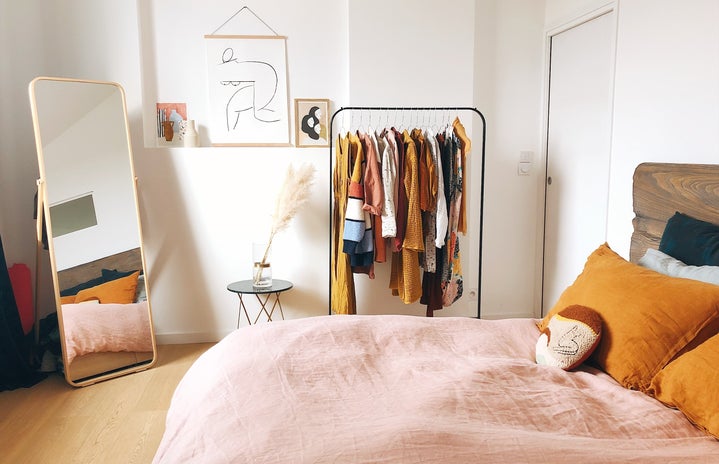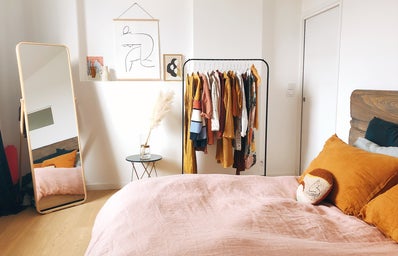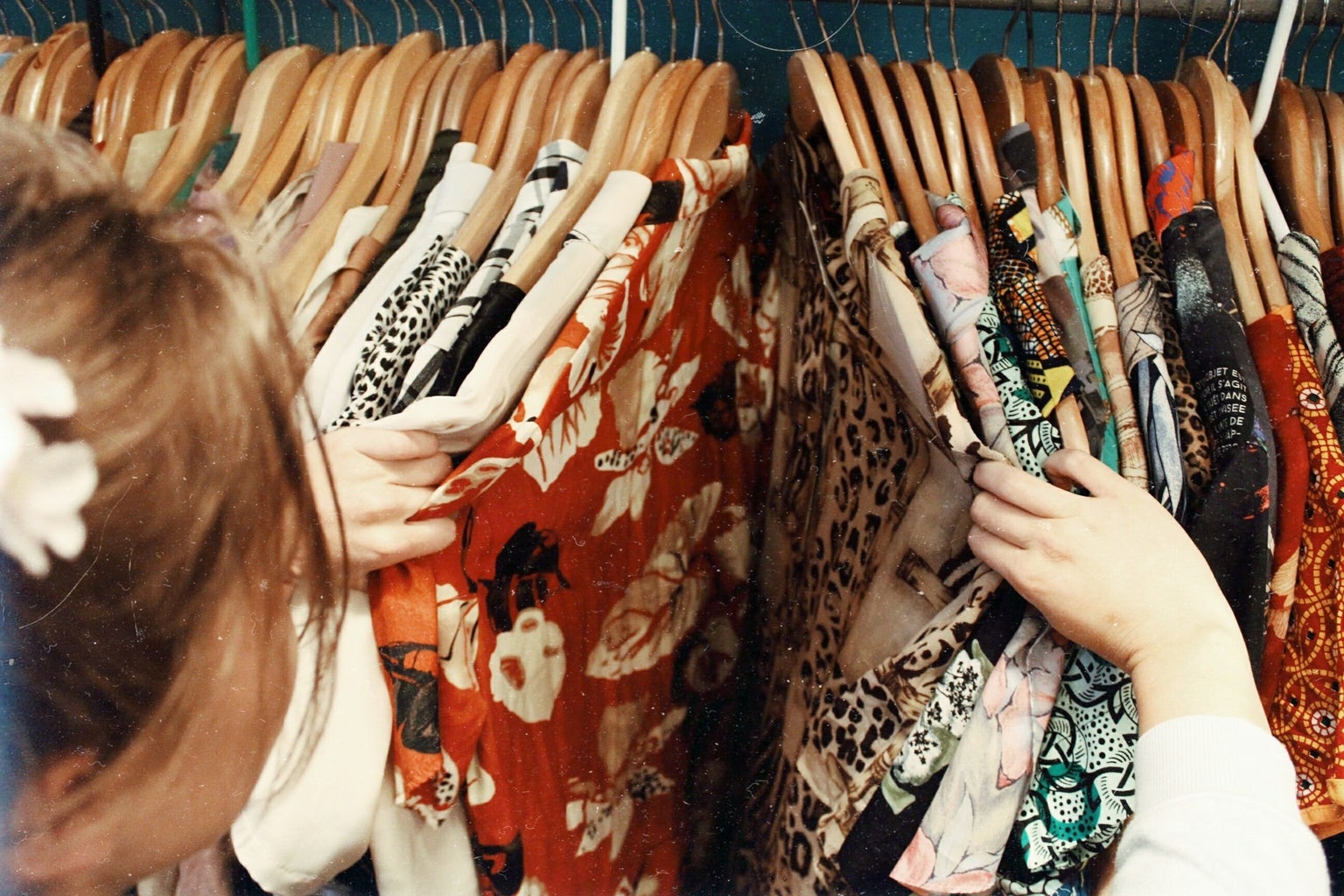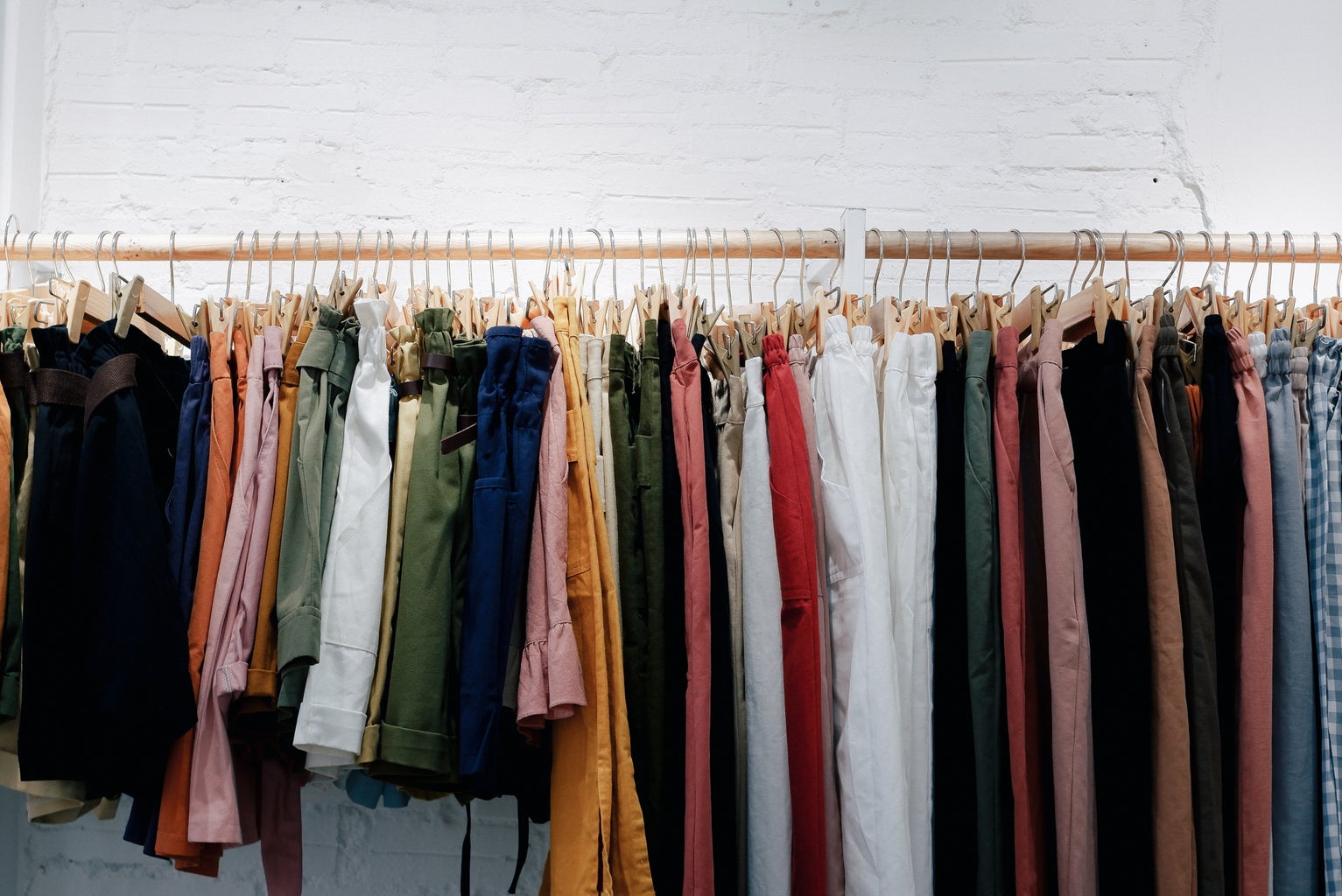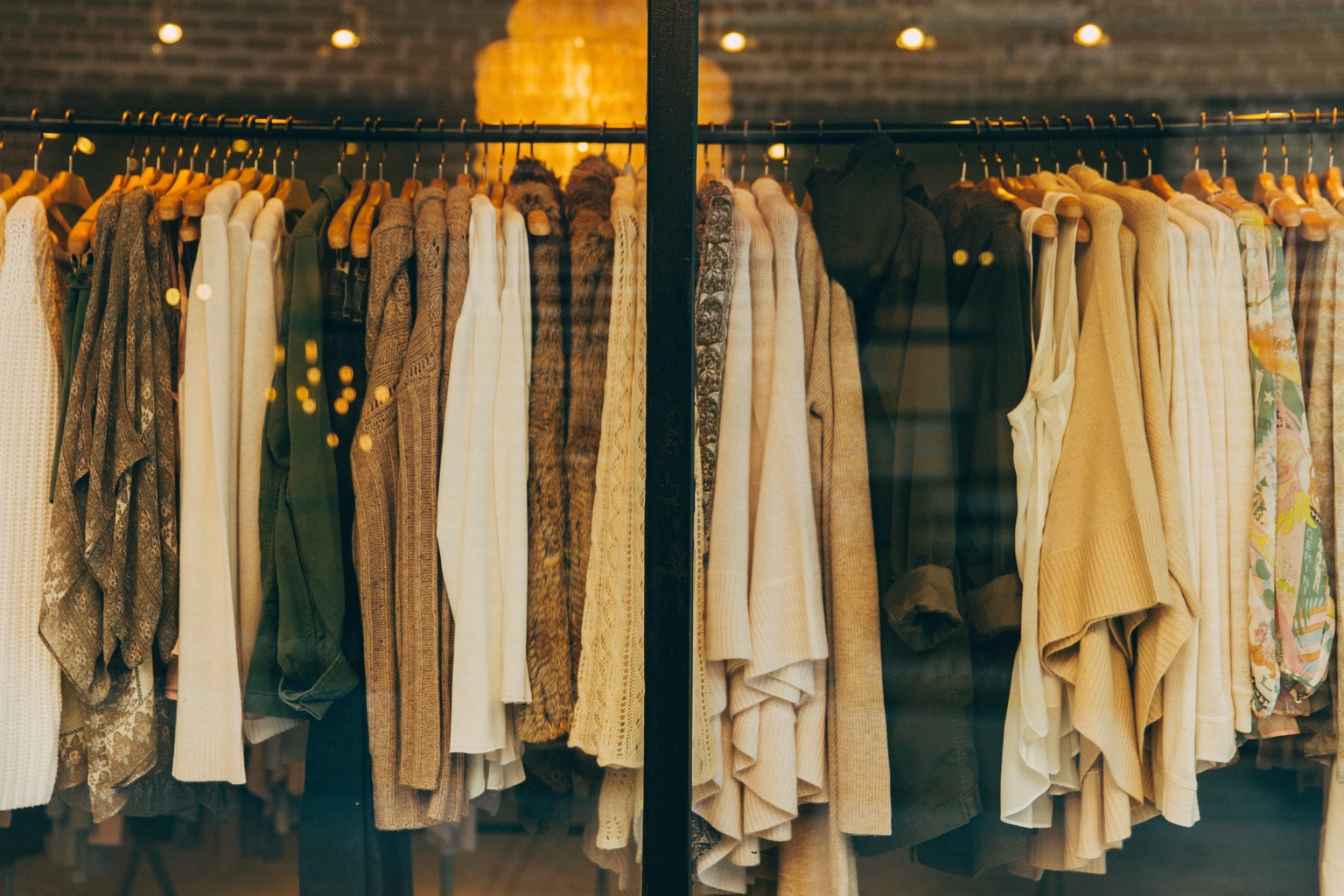We all try to do our part to reduce waste, and a huge part of the discussion has to do with the fashion and textile industry. Fashion is one of the leading waste producing industries worldwide, and makes up approximately 10% of our carbon emissions and annually about 85% of produced textiles end up as landfill (according to the Geneva Environment Network, and UNECE). It’s safe to say that consuming fashion more mindfully is key to creating a more sustainable future and keeping our Earth alive.
Having said that, though, it’s just about impossible to cut fashion out entirely, not just because of public decency laws but considering how ingrained trends have become in modern culture. There’s virtually no way to limit textile production and fashion to the bare minimum, but there are meaningful steps we can take to become more mindful consumers and decrease the impact our fashion choices have on the environment.
One of the best ways to create more environmentally-friendly closets is by purchasing basics that last — that means articles of clothes that are well-made and will last, that don’t need to be replaced frequently, and can be styled up or down in multiple ways. This is pretty age-old advice, but often this is equated to purchasing solely from designer and luxury brands, which for many of us (especially as college students!) may not be affordable and feasible. But good quality doesn’t necessarily equate to a hole in your wallet equal to hundreds of thousands of dollars.
The first thing to look for is the make of the fabric — the best quality clothes will be 100% (or close to) cotton, silk, leather, wool, cashmere and linen. These fabrics are natural and generally last longer than synthetic material like polyester. Of course, workout clothes and swimwear will have to include some blend to fit their function — but generally, look for a high percentage of these fabrics.
Also look for fabrics that feel “heavier” in hand and studier. It’s best to shop in person for this reason! Also check that the seams are tight and don’t feel as if they’ll come undone, or that there are any frays or loose threads. They should be uniform throughout the entire article and woven tightly. In particular, look for shoes that are woven together at the soles rather than glued.
Finally, and this is less of a tip on the garments themselves, but shop around and try to find a professional tailor. Half the effort of a well-put together outfit is how it fits your body. While it can add a bit of a tag to your closet, if you find good quality pieces, getting your clothes tailored (even if it’s only slight adjustments to suit your body) will literally pull it all together.
